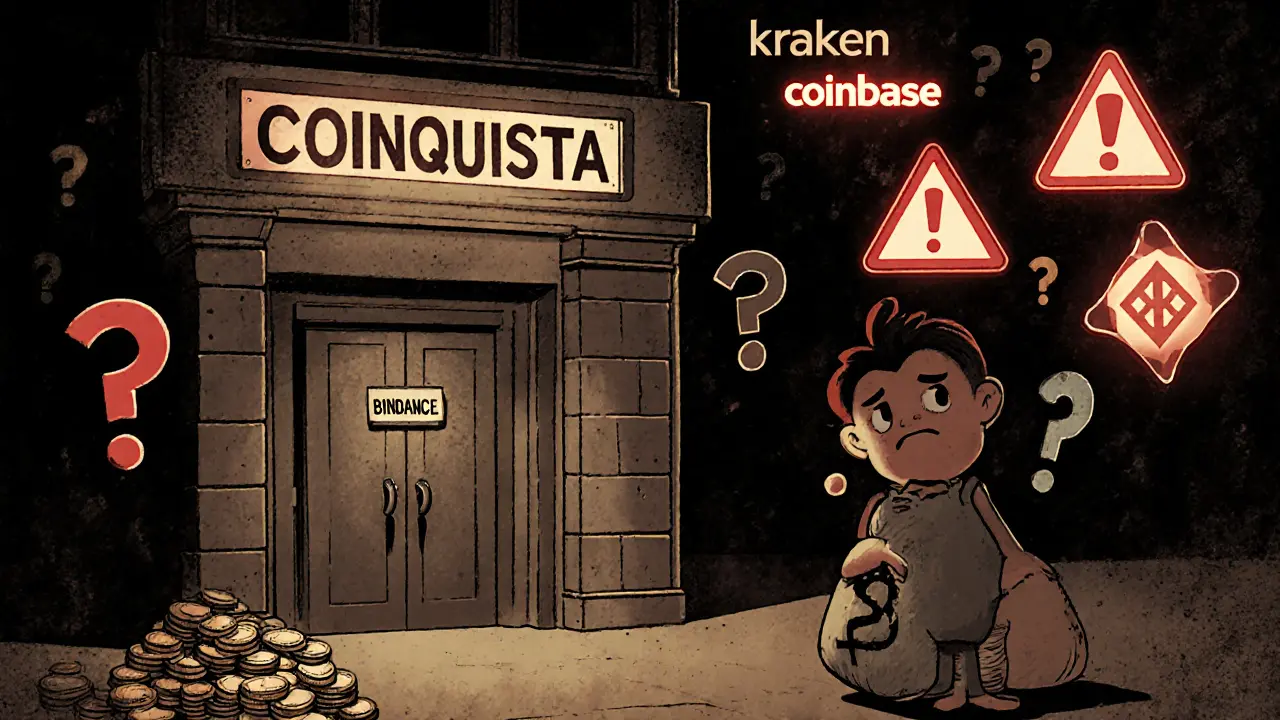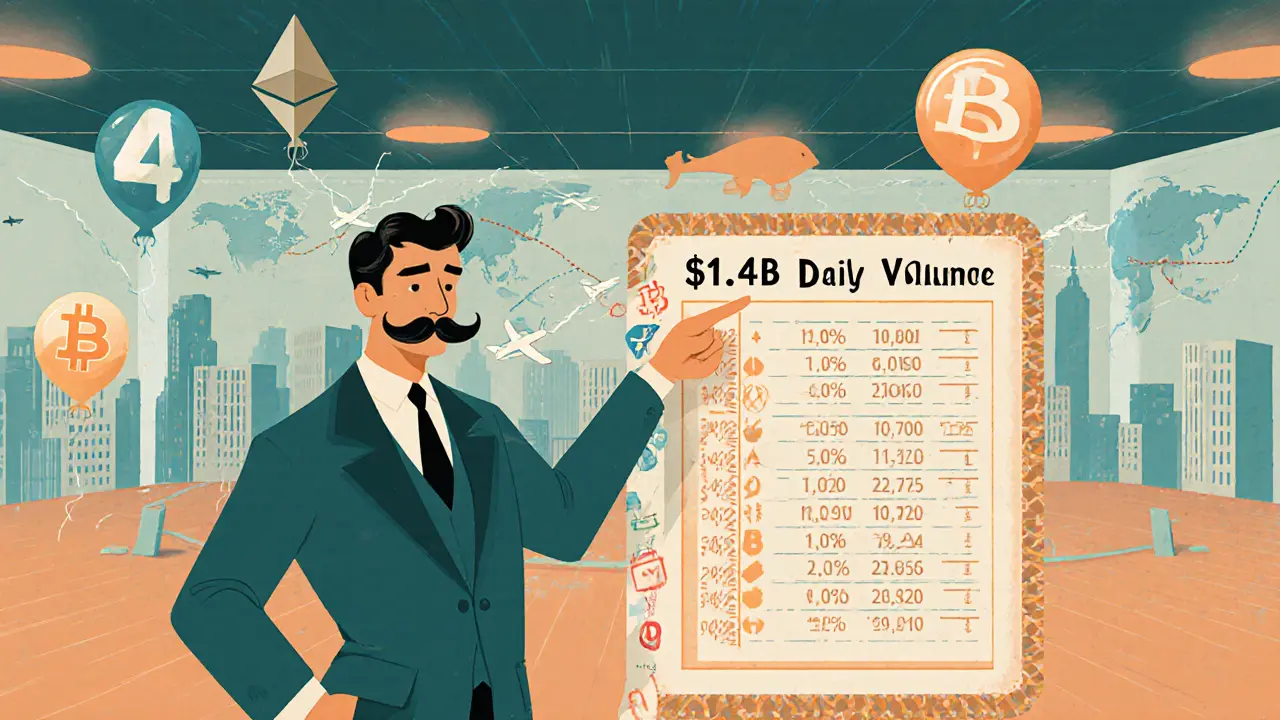Crypto Exchange: How Platforms Work and What Shapes Their Markets
When talking about Crypto Exchange, a digital platform where users can buy, sell, and swap cryptocurrencies. Also known as digital asset exchange, it serves as the bridge between fiat money and blockchain assets.
One of the biggest ways a crypto exchange stays usable during wild price swings is by offering Stablecoins, tokens pegged to a stable asset like the US dollar. Stablecoins lower volatility for traders, make margin positions safer, and let everyday users move value without worrying about sudden drops. Popular examples such as USDC or USDT dominate the deposit ladders on most platforms, because they combine the speed of crypto with the price stability of cash.
Another game‑changer is the rise of Cross‑Chain Bridges, technology that lets assets move between blockchains without a central custodian. Bridges expand the list of tradable tokens on an exchange, letting users access Bitcoin, Ethereum, Solana, and many newer chains from a single interface. This interoperability boosts liquidity, reduces the need for multiple accounts, and fuels innovation in decentralized finance.
Behind the scenes, Crypto Regulation, government rules that dictate how exchanges must operate, verify users, and report activity shapes every platform’s design. Compliance requirements such as KYC, AML, and the upcoming MiCA framework in Europe force exchanges to build robust identity checks and reporting tools. While some see regulation as a hurdle, it also builds trust with institutional investors and protects users from fraud.
Tokenomics also plays a vital role. The economic design of a token—its supply, utility, and incentive structure—determines how attractive it is for listing and trading. Exchanges evaluate tokenomics to decide whether a coin should be featured, how much market‑making support it needs, and what fee tiers apply. Good tokenomics can drive high volume, while poorly designed tokens often see thin order books and high slippage.
All these pieces—stablecoins, bridges, regulation, and tokenomics—interact to create the ecosystem you see on a modern crypto exchange. Below you’ll find a curated list of articles that dig deeper into each area, from stablecoin mechanics to cross‑chain bridge security, and from regulatory updates to tokenomics analysis. Dive in to boost your understanding and make more informed trading decisions.
Orion Finance Exchange Crypto Exchange Review: Is It Worth Trying in 2025?
by Johnathan DeCovic Nov 15 2025 6 CryptocurrencyOrion Protocol is a hybrid crypto exchange that aggregates liquidity from Binance, KuCoin, and DEXs like PancakeSwap. It offers 0% trading fees and non-custodial security - but has poor support and low adoption. Is it worth trying in 2025?
READ MORECoinquista Crypto Exchange Review: What You Need to Know Before Trading
by Johnathan DeCovic Oct 27 2025 25 CryptocurrencyCoinquista crypto exchange lacks transparency, regulatory oversight, and verified security practices. No reliable user reviews or fee details exist. Avoid this unverified platform and choose regulated alternatives like Coinbase or Kraken for safer trading.
READ MOREKoinBX Crypto Exchange Review - Fees, Security, and Indian Compliance
by Johnathan DeCovic Oct 17 2025 15 CryptocurrencyA detailed KoinBX crypto exchange review covering fees, security, Indian regulatory status, user experience, and how it compares to other Indian platforms.
READ MOREMiaSwap v2 Crypto Exchange Review - Is It Worth Your Trade?
by Johnathan DeCovic Oct 15 2025 20 CryptocurrencyA frank review of MiaSwap v2, covering activity, liquidity, risks, and how it measures up against top DEXs, plus alternatives and FAQs.
READ MOREOKX Crypto Exchange Review 2025: Features, Fees, Security & Verdict
by Johnathan DeCovic Oct 9 2025 13 CryptocurrencyIn-depth 2025 review of OKX crypto exchange covering fees, security, features, pros, cons and who should use it.
READ MORECRMClick Review: In‑Depth Look at the CERRAM META Crypto Exchange
by Johnathan DeCovic Dec 9 2024 15 CryptocurrencyAn honest, 2025 review of CRMClick (CERRAM META) covering its tech, security, market transparency, user feedback, and how it stacks up against Binance and Coinbase.
READ MORE





